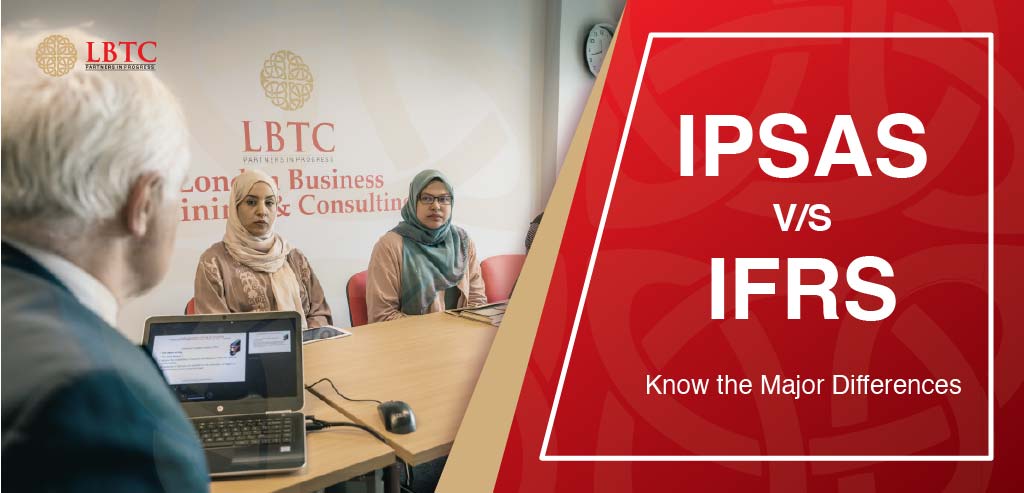
The foundation of an organization’s accountability and transparency is its financial reporting requirements. However, did you know that based on the type of entity, there are many sets of standards? International Financial Reporting Standards (IFRS) and International Public Sector Accounting Standards (IPSAS) are two well-known frameworks in the accounting industry. Even though they have certain things in common, it’s vital to comprehend their main distinctions for correct financial reporting.
Understand The Difference In Service Delivery vs. Profit
The underlying goal that the standards are intended to serve is at the core of the distinction. Profit is the main focus of IFRS, which is meant to inform lenders, investors, and other stakeholders about a company’s profitability and financial standing. When an investor is attempting to determine where to invest their capital, IFRS assists them in evaluating a company’s profitability and prospects for growth.
IPSAS, on the other hand, is concentrated on public sector organisations’ accountability. The main people who utilise them are taxpayers, government employees, and citizens who need to know how well and efficiently public resources are being used. Consider a citizen who wants to know how their taxes are being used for public services. IPSAS provides information about how well the government is allocating these monies.
Non-Exchange Transactions: A Particularity of the Public Sector
According to IFRS, transactions take place at arm’s length, i.e., each party gets something about equivalent in return. But non-exchange transactions—transactions in which value is transmitted without a direct exchange of commodities or services—are a common occurrence in the public sector. Levies, fines, grants, and taxes are a few examples. In order to ensure that these transactions are properly treated in accounting for these essential sources of income for governments, IPSAS recognises them under certain standards (such as IPSAS 23).
Fair Value: Using the Correct Perspective
A fundamental idea in IFRS is fair value, which stands for the amount an entity would be paid in a deal conducted at arm’s length. Its use in the public sector can be difficult, though. It’s not as simple as assessing a company’s inventory to ascertain the fair value of a historical monument or a national park! Recognising these drawbacks, IPSAS provides guidelines for better application of fair value principles to assets owned by the public sector.
Above and Beyond the Fundamentals
These are only a few of the most significant distinctions between IFRS and IPSAS. There are other differences in domains such as social benefits, government business companies, and segment reporting. For a more in-depth look, think about signing up for an IFRS course at LBTC to acquire a thorough understanding of these global financial reporting standards.
Comprehending the distinctions between IPSAS and IFRS guarantees that financial statements precisely portray the distinct characteristics of both public and private sector organisations. This promotes accountability, openness, and eventually better decision-making for citizens, governments, and investors alike.

Leave a Reply